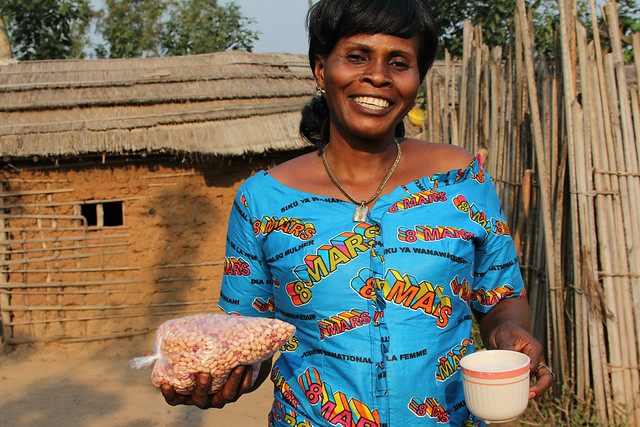Mama Lishes Urban African Street Food
Urban African Street Food
Street foods are ready to eat foods and drinks prepared and sold by vendors in the streets, markets and small restaurants also called shanty eating places, mama lishes, roadside stands or hole in the walls.

All About Mama Lishes and the Urban African Street Food Scene
In Africa the best place to find delicious food is at a wall in the wall restaurant or from an African street food vendor.Making a living selling street food in Africa.
There are many different kinds of street vendors, including those at kiosks and mobile stands, those who sell from carts, bicycles, trucks or from clothes set out on the street, and street hawkers who walk around with plates of food.
With the rise of urban businesses and growing urban populations demand for ready to eat affordable food is increasing. In most African countries, street food preparation and selling provides a regular source of income for millions of men, women and children. Women play the major role in street food sales throughout Africa.
Why Africans love street food
The convenience of purchasing food from street vendors is cherished by many people, including tourists becoming a beloved part of local culture. For the poor street foods provide the least expensive and most accessible means of obtaining a nutritionally balanced meal outside their home.An estimated 2.5 billion people worldwide consume street food each day. Many of these consumers have little money and cannot afford to buy food from retail stores and depend on food that street vendors provide.
Also, in many large cities street food is ready to eat food and is a necessity for many as they have little time for food preparation while at work or do not have the time to travel back home for their meals. Street food consumers most often see street and snack food as home cooked food.
Street food concerns
Since locally produced food requires less transportation and refrigeration, street vendors can supply nearby markets with fresher and more nutritious produce and meat products.
Food growing locally helps improve the quality of people’s diets by providing fresh produce and meats at better prices. Food purchased locally aids the local economy which is central to Africa’s economic development.
Most popular street foods in Africa
In Ghana a popular street food dish is waakye, a hearty beans and rice recipe with red leaves and gari.
Konkonte or banku is a popular roadside dish served in Nigeria; this traditional Nigerian starch served with groundnut soup or palm oil soup mixed with okra.
Bunny chow is king of all street food in South Africa, this national dish is a hollowed out loaf of bread filled with vegetables and meat covered in rich curry gravy.
Easy lunch and dinner rice recipes to make right now so you never have to eat or prepare a boring white rice recipe again.
- Mozambique Coconut Beans Recipe
- Black-Eyed Pea Casserole with Rice and Herbs
- Rice and Beans Ghana Style
- Fried Banana Rice Dumplings
- Fried Rice Cakes Recipe







